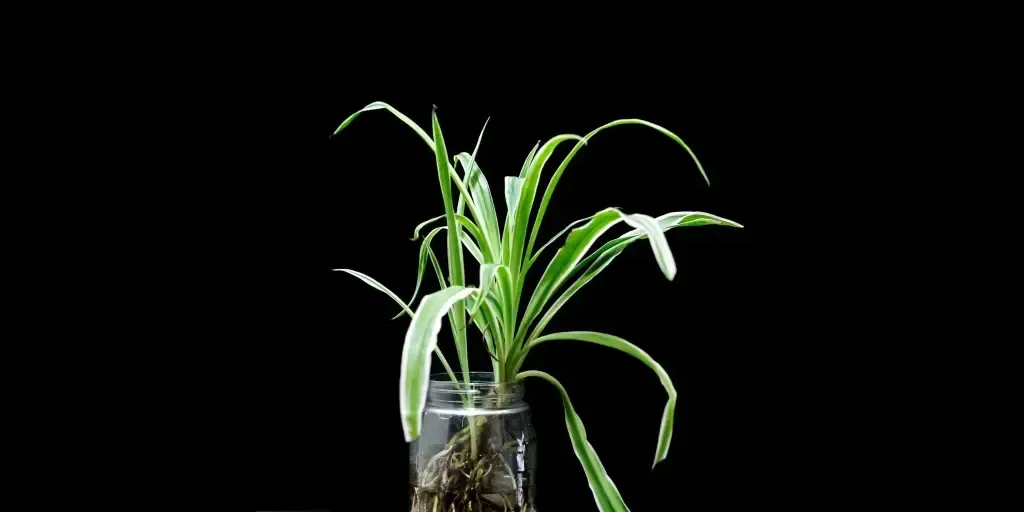Proper Propagation Tips
How to make more plants out of one

Propagation is the term for creating new plants from plants that already exist.
There are plenty of different ways to make more plants out of one and years of research, experimentation along with trial and error have given us some good options.
Can we propagate any plant?
Some plants are easier to propagate than others and not all can be propagated with the same methods. Therefore the success rate will depend on the method used for the specific plant. Several methods can be used for some of them whereas for others only some will work.
By researching the specific ways of propagating your plants you can make sure the humidity, temperature and any rooting hormone is correct.
Different practices of propagation...
There are several different practices such as these listed below:
- Cuttings:
By taking a piece of the stem, root or leaf new roots can be encouraged to grow and develop a new plant.
- Division:
Plants can be split into new sections and planted separately. This works for perennial plants.
Grafting: Attaching one part of a plant, the scion into the root of another, the rootstock, will result in the scion growing genetically identical to the parent plant. - Layering: Bending a branch into the ground then covering it with soil will cause it to grow new roots.
Choosing the main plant
Take into account a few important factors when choosing the parent plant...
- Ease of rooting:
Some plants root easier than others. Do a bit of research on how easy it is to root a specific plant and use a bit of trial-and-error by taking several cuttings from different plants. This will increase the chances of success with it.
- Vigour:
Choose a plant that is already growing vigourously.
- Age:
Younger plants are easier to propagate from cuttings than older ones are.
- Health: Choose a plant that is free from any disease, pests or other forms of stress because the overall health of the parent plant has an effect on the health of the cutting.
How to propagate
Here are a few tips that are worth checking out....
- Choose healthy plants that are totally disease-free
- Research and select the right method as listed above in the different practices
- Research and select the right method for the type of plant you are propagating. Different plants have different requirements, such as the temperature range, moisture and soil type.
- Always use sterile tools to limit the spread of any disease
- Water them regularly but don't overwater them
- Keep a close eye on them so that any issues can be addressed sooner rather than later
Growing the new plant
This goes through plenty of stages known as below....
Germination: The first phase of growth is where a seed sprouts and grows new roots. This needs the right combination of moisture, oxygen and temperature.
Seedling: This is where the plant is growing new roots and its first set of leaves. This is where the plant becomes within its own right and is now independent of any seed.
Maturity: The plant continues to grow and will reach its full size and depending on the type of plant can take anything from a few weeks to a few years. Research this for your specific plant so that you understand your expectations.
Take proper care of the plant during each stage, in particular the correct amount of light, water, nutrients and protection from diseases and pests.
Special care
Propagated plants need slightly more care than their parents...
Watering: Because they tend to have smaller root systems they can dry out easier so without waterlogging the soil make sure that they are watered sufficiently. Incorrect watering can cause drying out at one extreme or rotting at the other.
Lighting: Because they are still developing, more light can be required. Plenty of bright, but indirect light can help with this.
Fertilising: They are still developing their root system so will need less fertiliser than mature plants do. Use a nicely balanced fertiliser that is water soluble at around half of the usual strength.
Temperature: Allow for a nice consistent and moderate temperature and avoid drafts or hot/cold extremes
Time to transfer
Take the following into account when deciding to transfer a propagated plant:
Root development: When the roots become densely packed into the container or have outgrown it then it is time to transfer the propagules to a larger pot.
Plant size: As it grows and becomes larger it will of course need more space to keep on growing. Shifting it to a larger pot with give it more room to keep growing and developing.
Overall health of the plant: If there are any issues such as yellowing leaves or stunted growth then it may well be time to transplant it to a new pot with fresh soil. This will help it to recover and grow stronger.
The best time to transplant a propagule is when it has outgrown its container. Handle the plant gently and carefully during the process and be sure to avoid any damage to the roots.

